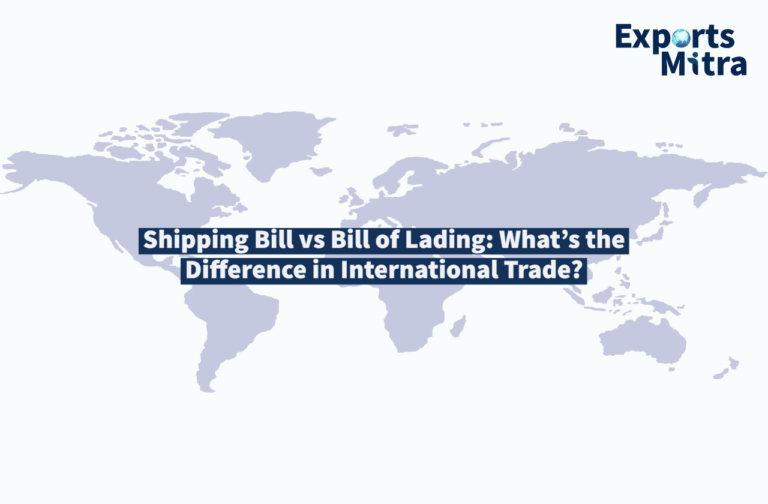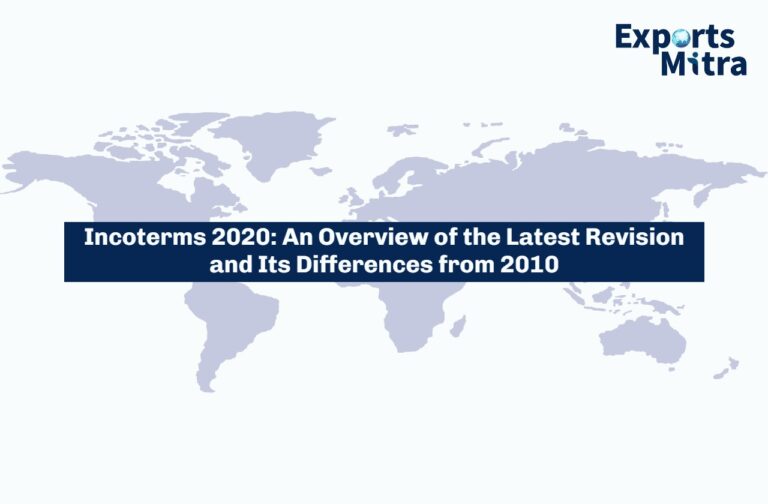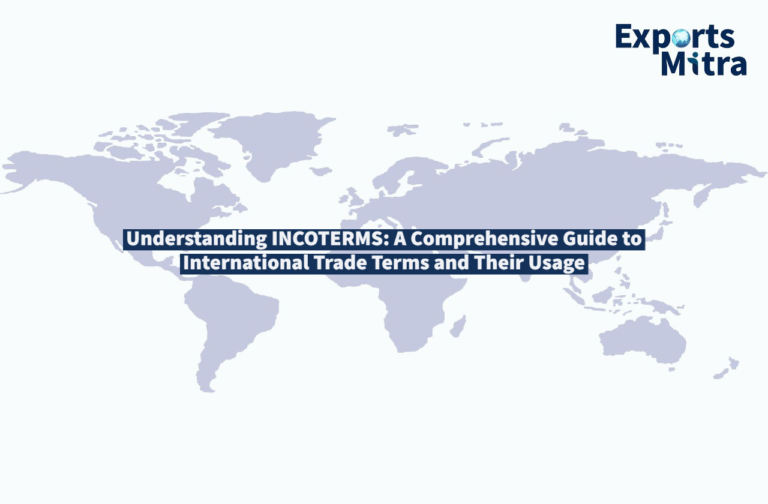The airway bill is an important document used in international trade that accompanies goods being shipped via air freight. It is a contract of carriage between the carrier and the shipper that provides details of the consignment’s origin, destination, and other necessary information. This document is considered vital to the shipping process as it serves as evidence of the agreement between the two parties. In this article, we will explore the airway bill in exports, including its significance, contents, and differences between the airway bill and shipping bill.
Table of Contents
Significance of the Airway Bill in Exports:
In the export industry, the Airway Bill is an essential document as it acts as a contract of carriage between the shipper and the carrier. This document is a legally binding agreement that specifies the terms and conditions of the air freight service. It is a receipt of goods that confirms the shipment of products and provides proof of delivery.
Additionally, the airway bill is used as a customs declaration that provides information about the goods being shipped. This information includes the type of products, their value, weight, and other relevant details. The customs officials use this information to ensure that the products meet the regulations for exportation and importation.
Moreover, the airway bill serves as a title to the goods being shipped. This document shows who has the right to claim the goods at the destination. The airway bill must be surrendered to the carrier before the consignee can claim the products.
Contents of the Airway Bill:
The airway bill is a detailed document that contains essential information about the goods being shipped. This document provides details of the consignment, including the shipper’s and consignee’s names and addresses, details of the carrier, flight details, description of the goods, weight, and dimensions. It also includes information about the origin and destination airports, the number of packages, and the declared value of the goods.
The airway bill must be filled out accurately to ensure that the products are shipped to the correct destination. Any errors or omissions can lead to delays or loss of the goods. It is crucial that the information provided in the airway bill matches the information provided in other documents, such as the commercial invoice and packing list.
Difference between the Airway Bill and Shipping Bill:
The airway bill is a transport document that accompanies goods shipped via air freight, while the shipping bill is a customs declaration that serves as an application for permission to export. The Shipping Bill contains details of the goods, their value, and the exporter’s identity. It also includes details of the mode of transport, port of shipment, and the destination port. While the airway bill is issued by the carrier or its agent, the shipping bill is prepared by the exporter or their agent and must be filed with the customs authorities.
Another significant difference between the airway bill and the shipping bill is that the airway bill is a non-negotiable document, while the shipping bill is negotiable. The airway bill cannot be transferred or assigned to a third party, while the shipping bill can be sold, assigned, or transferred to another party.
Conclusion:
In conclusion, the airway bill is a vital document in international trade, providing details of the consignment, its origin, and destination. It serves as evidence of the contract of carriage between the shipper and the carrier and must accompany the goods from the point of origin to the final destination. Understanding the significance and contents of the airway bill is crucial for exporters and importers involved in air freight transportation. It is also essential to differentiate between the airway bill and shipping bill to ensure compliance with the relevant regulations. Proper preparation and accurate completion of the airway bill can help ensure that the goods reach their destination without any issues.





